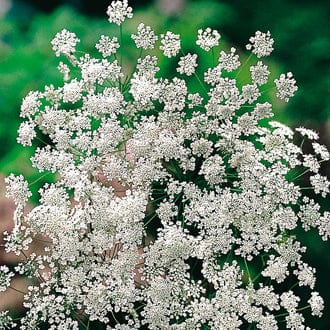How to Stop Tulips Drooping




Item added to bag!
Your Basket
Free Delivery On EVERY Order
Spring 2026 Has Landed - Get Planning Your Beautiful Flower Garden Today
Free Delivery On EVERY Order
Spring 2026 Has Landed - Get Planning Your Beautiful Flower Garden Today
Free Delivery On EVERY Order
Spring 2026 Has Landed - Get Planning Your Beautiful Flower Garden Today
Free Delivery On EVERY Order
Spring 2026 Has Landed - Get Planning Your Beautiful Flower Garden Today
Free Delivery On EVERY Order
Spring 2026 Has Landed - Get Planning Your Beautiful Flower Garden Today
Free Delivery On EVERY Order
Spring 2026 Has Landed - Get Planning Your Beautiful Flower Garden Today
Free Delivery On EVERY Order
Spring 2026 Has Landed - Get Planning Your Beautiful Flower Garden Today
Free Delivery On EVERY Order
Spring 2026 Has Landed - Get Planning Your Beautiful Flower Garden Today
Free Delivery On EVERY Order
Spring 2026 Has Landed - Get Planning Your Beautiful Flower Garden Today
Free Delivery On EVERY Order
Spring 2026 Has Landed - Get Planning Your Beautiful Flower Garden Today
4 For 3 On ALL Seeds

£3.59

£3.59
Your basket is empty
Continue shoppingTaxes included. Shipping calculated at checkout.


The most common cause of drooping tulips is dehydration; to stay upright in the vase, their stems need to remain moist.
During dry periods, tulips growing in beds, borders, and containers may appear limp. Similarly, cut tulips can wilt dramatically if they don’t have enough water. This effect can be worsened if they’re not properly supported in the vase.
Tulips are also phototropic, which means they grow towards light sources (even after being cut). If they don’t receive enough light, they can curve and contort themselves in an attempt to seek out sunshine, which can make them appear droopy.


By following a few simple steps, you can keep your cut tulips standing tall and looking fresh for as long as possible. Here’s how to stop tulips drooping in the vase:
Fresher tulips will last longer, so look for flowers with tight, unopened buds and firm stems. For best results, grow your own tulips and cut them just before you want to display them in a vase. The best time to harvest is in the morning when the plants are hydrated and the air temperature is cool.
Cut tulip stems at a 45-degree angle. This creates a larger surface area for water absorption and prevents the stems from sitting flat on the bottom of the vase. Then, trim 1-2 cm off the bottom of each stem with clean garden scissors every other day to remove dead matter and help your tulips ‘drink’.
Before putting tulips in a vase, remove any leaves that would sit below the waterline. Submerged leaves can rot, leading to bacterial or fungal growth. Both bacteria and fungal infections can shorten the lifespan of your tulips and make them wilt sooner.

Tulips are top-heavy flowers, and they’ll continue growing when cut. To help keep them upright, choose a tall, straight-sided vase that covers at least half the length of the stem. A narrower vase can also provide support, but don’t pack your tulips too close together – overcrowding can damage the stems.
Even after cutting, tulips require light to stay healthy. Place them in a bright position (but not in direct sunlight) and rotate the vase daily to stop them from leaning in one direction. Also, keep your tulips away from draughts, heat sources, and fruit bowls – some fruits release gases that can make flowers wilt sooner.
Changing your tulips’ water daily is key to helping them stay hydrated. Use fresh, clean, cold water to keep the stems as firm as possible and prevent bacterial or fungal build-up. You can also add some flower food to give your tulips added nutrients.

Have your tulips already started to droop? If so, try these quick fixes to help revive them:
If cared for properly, cut tulips can last for up to 12 days in the vase. Once you notice any dying blooms, remove them straight away, as dead flowers can make the rest of the vase wilt quicker.
For top-grade flower bulbs and expert growing advice, trust Johnsons. With a wide selection of tulip varieties to choose from, you’ll find the perfect blooms to add beautiful colour to your garden and indoor displays. Shop online today and start growing your own stunning spring display!
Find our favourites in one place with our most very best flower plants.
Enjoy the beauty of growing from seed with our premium flower seeds.
Find out the latest on all things Johnsons when you join our email list!
By clicking Sign Up you're confirming that you agree with our Terms and Conditions.